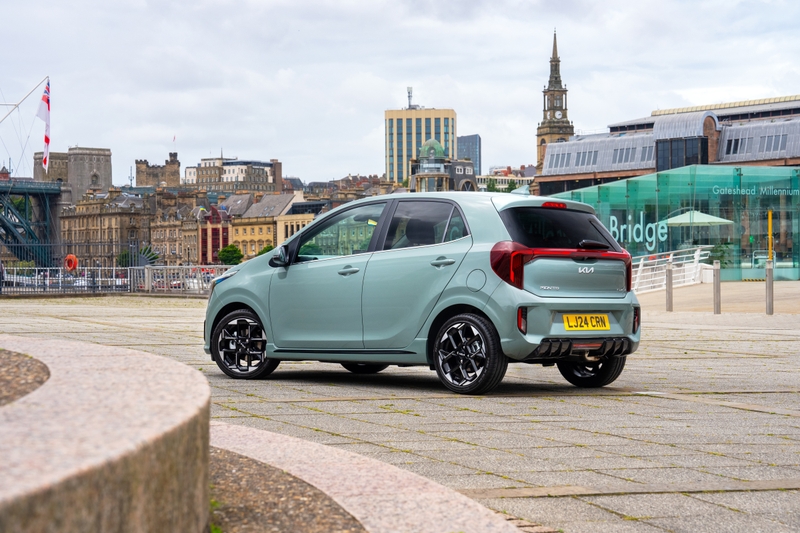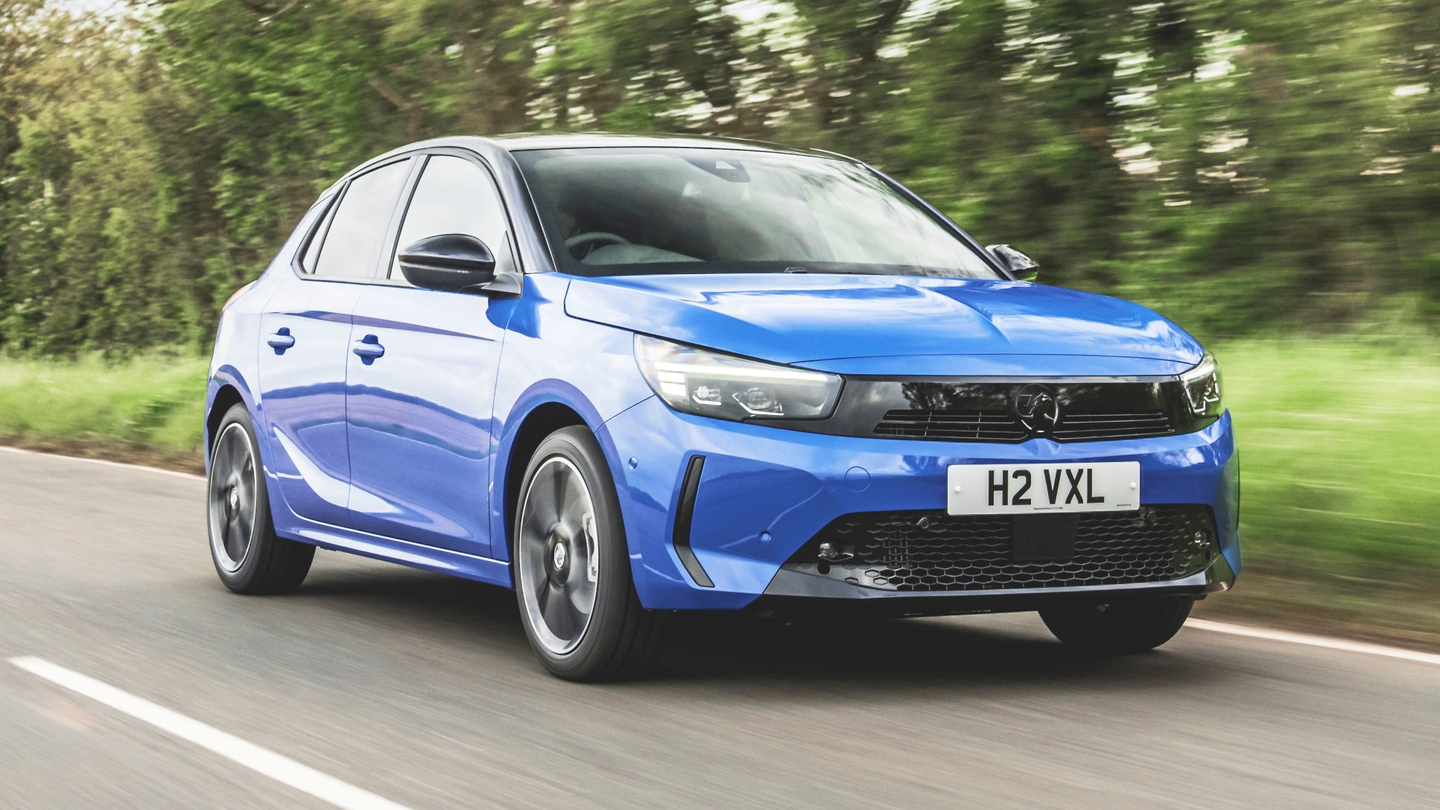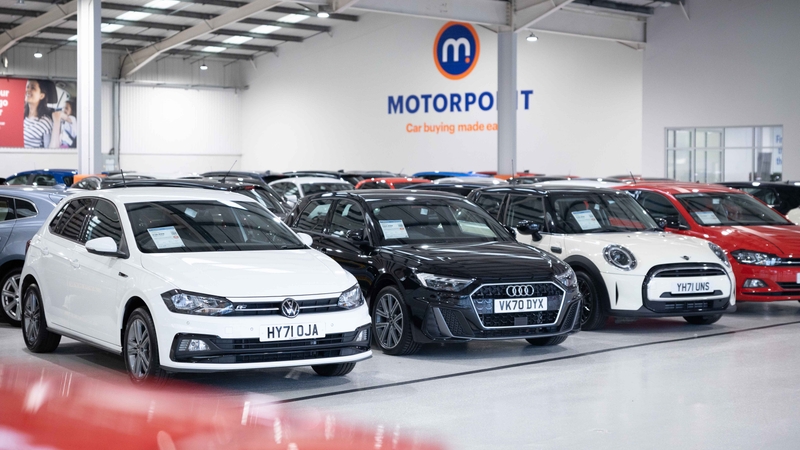










Toyota Yaris Review

The latest Toyota Yaris is a substantial improvement over the old car.
It’s not the comfiest or most practical choice, but the smooth, frugal and responsive hybrid engine, along with Toyota’s legendary robustness make the Yaris a faithful city companion.
- Fun and frugal hybrid engine
- Well equipped and easy to use
- Agile, composed handling
- Rivals are more spacious
- A little firm
- Infotainment isn’t the best in class
Should I buy a Toyota Yaris?
The Toyota Yaris competes with cars like the Ford Fiesta and Volkswagen Polo. Older Yaris models always outscored the competition for fuel economy and dependability, but they rarely excited the senses.
And so, Toyota tore up the rulebook for the latest Yaris. The car’s styling, engine and platform are all new, making the Yaris far more desirable and fun to drive than ever before. This all comes without compromising the car’s excellent fuel economy or its easygoing usability.
It’s not perfect, however, and faces stiff competition from the Fiesta and Polo, as well as cars like the Hyundai i20 and Honda Jazz. The Jazz, like the Yaris, is now exclusively hybrid powered.
Interior and technology
Older Yaris models were well screwed together but felt quite plasticky with lots of cheap, unattractive cabin materials. Initial impressions when sitting in the new Yaris are good – there’s far more soft-touch trim and a generally cleaner, more modern design.
Where some rivals have ditched unfashionable buttons in favour of more touchscreen controls, the Yaris strikes a nice middle ground. You have an infotainment system to handle mapping and music, but the climate controls and key driving controls are all still physical buttons that are easier to use while driving.
Compared to the latest infotainment setups you’ll find in some rivals, the Yaris’s screen feels a little ‘last-gen’. You still get the all-important Apple CarPlay and Android Auto combo, but Toyota’s built-in software is a little fiddly to use on the move and can be a little slow to respond to inputs.
Practicality
Some small cars like the Suzuki Ignis have found clever ways to squeeze lots of cabin space into a tiny platform. The Yaris doesn’t quite accomplish this trick, instead falling somewhere mid-pack for cars this size.
While the two seats up front are fine, the three across the rear bench are tight. Taller adults will find their heads brush the ceiling and their knees press against the front seats, and the narrow body means you can only use all three rear seats for very short trips.
Boot space isn’t really one of the Yaris’s strengths, either. If you’re a single buyer or a couple, there’s enough room for day-to-day needs, and you can drop the rear seats for more storage but, for small families, you’ll quickly find that pushchairs and kids’ clobber overwhelms what little space is available.
Engines and performance
Unless you choose the bonkers Toyota GR Yaris, there’s just one engine available – a 1.5-litre full hybrid. That means the car is able to drive short distances on electric power alone, such as crawling through traffic, but it only recharges the battery using the engine or when slowing down. Of course, this setup can’t match the long electric range of a plug-in hybrid, but it also means no faffing around with cables.
Plus, Toyota’s latest generation of hybrid engines are good – properly good. The electric motor is quick to respond when you accelerate, giving the Yaris some of that off-the-line zip you get from a full EV. You do notice the extra noise when the petrol engine kicks in to support the motor, especially if you ask for full throttle but, for the most part, it works harmoniously with the rest of the system.
Driving and comfort
Driver appeal has, historically, not been among the Yaris’s virtues but, again, the new car rewrites that tradition. It’s set up surprisingly firm, giving it lots of resistance to body roll and an agile, ‘flickable’ sensation through corners. It doesn’t feel quite as sporty as a Ford Fiesta, but it’s noticeably more eager to turn in to bends than cars like the Volkswagen Polo.
You’ll notice more bumps from the road as a consequence of the firm setup, however, and it doesn’t glide over scruffy surfaces like the Polo or Skoda Fabia. That said, the suspension is sophisticated enough to tune out a lot of the harshness from impacts, so it’s never stiff enough that it becomes uncomfortable.





























































